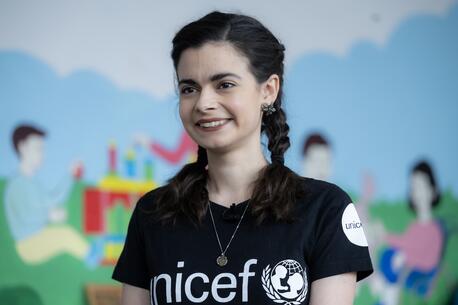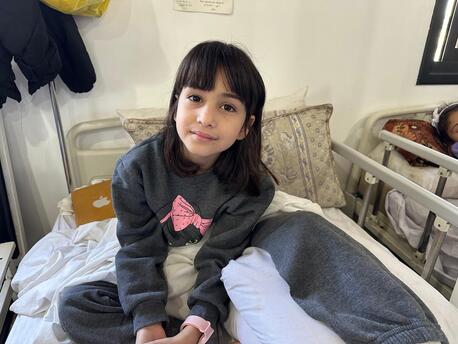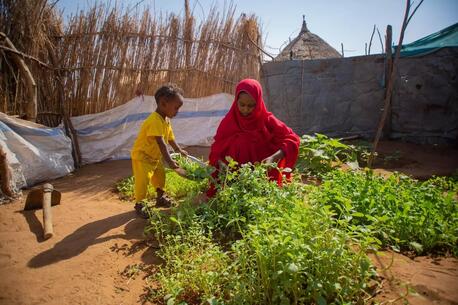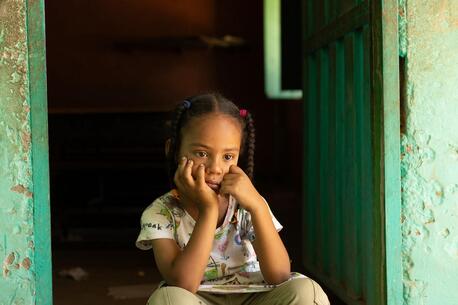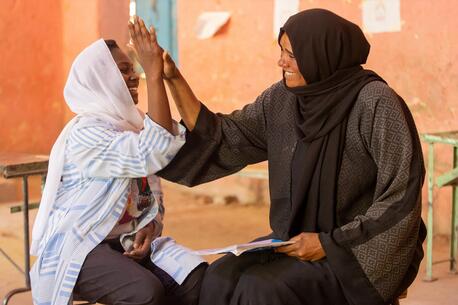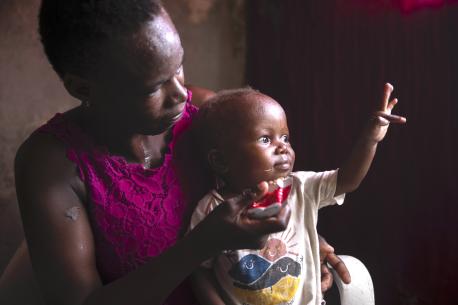
UNICEF and
Child Poverty
Poverty robs children of their childhoods and keeps them from reaching their full potential. UNICEF is committed to ending poverty while easing its impacts on children's health, safety and future well-being.
UNICEF and the fight to end child poverty
The impacts of childhood poverty are immediate and can impact a child’s ability to grow and thrive.
The poorest children are twice as likely to die in childhood due to poverty's deprivations. And those who experience poverty as children reach adulthood with less education, poorer health and fewer employment and income prospects.
Poverty at any time during childhood can be a damaging experience, but prolonged periods or repeated episodes of poverty can have an even greater corrosive effect.
If not addressed, poverty can persist from one generation to the next, creating a damaging cycle.
UN Sustainable Development Goal 1 — eradicating poverty — asserts that without global action, child poverty is likely to entrench social inequality and cut off the most vulnerable girls and boys from the services they need to survive and thrive. SDG 1 calls on the international community to act to cut multi-dimensional child poverty in half by 2030, and and to eradicate extreme poverty — defined as living on less than $2.15 a day — for all people, everywhere.
UNICEF is working to advance progress toward that goal in three important ways:
- Supporting governments to measure, monitor and report on child poverty; knowing which children are in poverty, where and other specifics are important for informing policies and programs for ending child poverty — and tracking progress
- Helping to identify, design and implement policies and strategies for ending child poverty — while ensuring the work continues to be prioritized
- Building global, regional and national partnerships to end child poverty; UNICEF uses evidence-based advocacy and plays a convening role to accelerate and coordinate joint efforts on child poverty
Many UNICEF initiatives and interventions — in nutrition, health, education and other pillar program areas — work to blunt the effects of poverty on children's lives. UNICEF's emergency relief work also often helps reduce the risk of children ending up in poverty.
How many children live in poverty?
An estimated 333 million children globally – or 1 in 6 – live in extreme poverty. While that figure represents progress — the extreme child poverty rate shrunk from 20.7 percent in 2013 to 15.9 percent in 2022 — it's about 30 million children short of what had been projected before the COVID-19 pandemic. Economic disruptions during the pandemic, ongoing wars and the climate crisis continue to challenge progress against poverty.
UNICEF has an important role to play helping governments stay focused on the issue — and on implementing solutions. UNICEF's work around the world also factors in multi-dimensional poverty — a broader definition that applies to children who lack sufficient access to essentials like health care and nutrition; education; sanitation and clean water; housing and shelter; and protection from violence and exploitation.
UNICEF focuses on reaching the world's most vulnerable children — including children living in poverty
Supporting children living in poverty — halting the immediate and long-term effects of poverty — is very much about upholding their basic human rights — including the right to an adequate standard of living, the right to social protection and the right to access services such as health and education.
UNICEF's social protection programs are aimed at families living in poverty. There are humanitarian cash transfers, cash payments that help households meet critical needs during a crisis; "cash plus” programs that connect recipients to other services such as health screenings or nutrition counseling; and universal child benefit programs, which provide cash to families with children regardless of a family’s income. All of these programs aim to stop the cycle of child poverty.
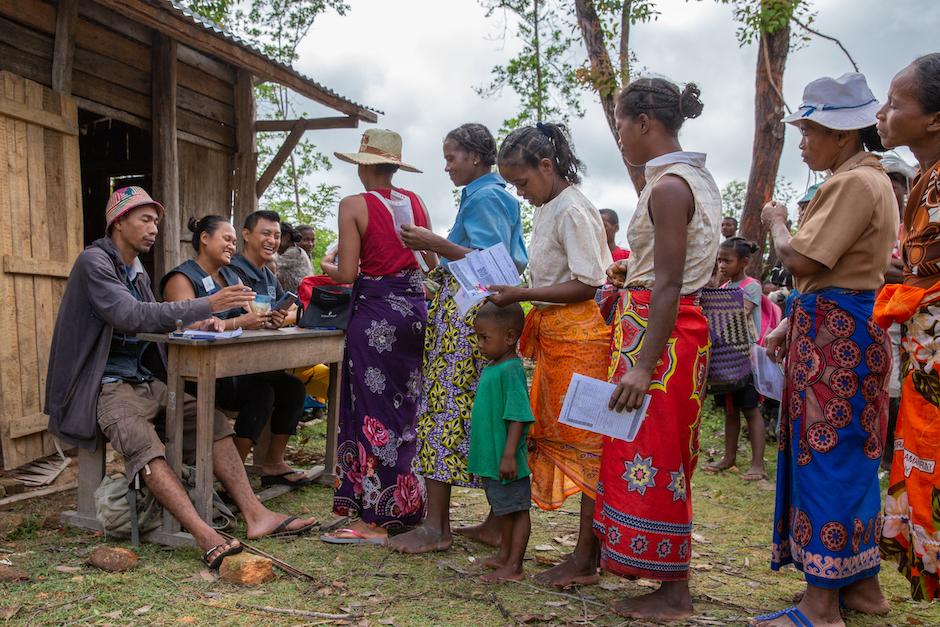
Other UNICEF programs address and help reduce the impacts of multi-dimensional poverty. UNICEF's work in maternal and child health, for example, helps impoverished and other vulnerable children and families access quality health care services, including routine immunizations.
Children living in poverty are more likely to be malnourished or undernourished. So UNICEF works to prevent malnutrition and improve diets to lower risks of developmental delays and help children reach their full potential.
Children who are displaced by conflict or a natural disaster can easily end up in poverty — lacking access to the essentials they need to live.
An estimated 1 in 3 children in countries affected by conflict and fragility live in extremely poor households vs. 1 in 10 in non-fragile states
UNICEF's humanitarian response to an emergency such as war in Ukraine and conflict in Syria focus on reaching the most vulnerable children and families with lifesaving — and life-sustaining — support.
In a humanitarian crisis, children already living in poverty are at higher risk of becoming separated from families and caregivers; this in turn leaves them at higher risk of violence, economic and sexual exploitation, abuse and trafficking.
UNICEF works with partners to keep families together; to reunite children who become separated from parents and caregivers when crisis pulls them apart; and to protect vulnerable children from violence and exploitation.
Child poverty and education
When living in poverty, children risk being deprived of their right to an education. They are less likely to have access to educational opportunities and are dropping out of school sooner; nearly one-third of countries spend less than 15 percent of their public education funding on the poorest students. Among low-income countries, the share is as high as 80 percent.
Girls are particularly at risk of dropping out of school due to extreme poverty, as they are more likely to be forced into child marriage, perpetuating the cycle. UNICEF works with partners to help girls stay in school by covering school fees and the cost of uniforms, books and learning supplies. In Malawi, for example, scholarships provided through the K.I.N.D. Fund are helping girls complete secondary school.
With a presence in 190 countries and territories, UNICEF is working to create a more equitable world, where every child is healthy, educated, protected and respected. Support this work. Donate today.
